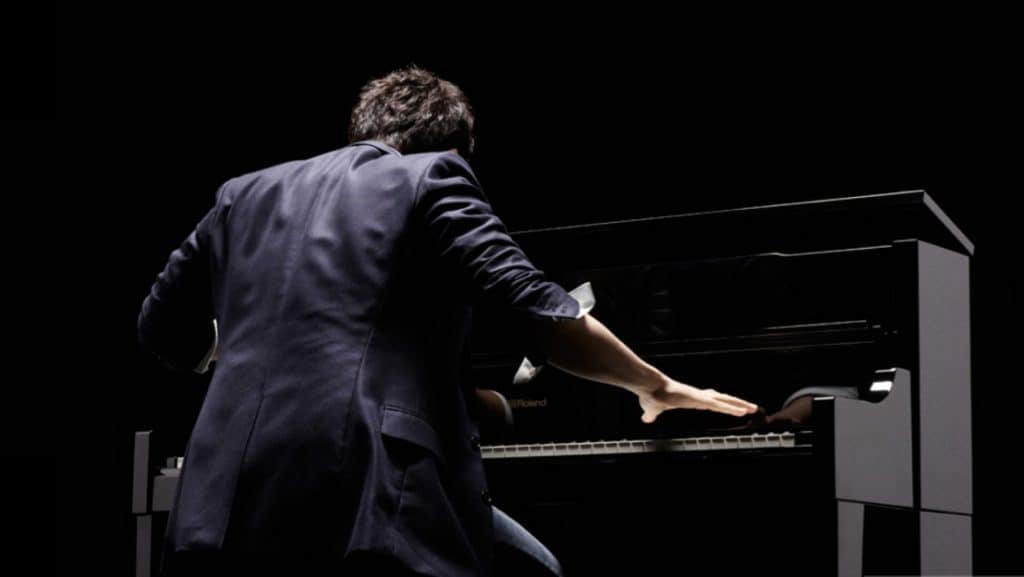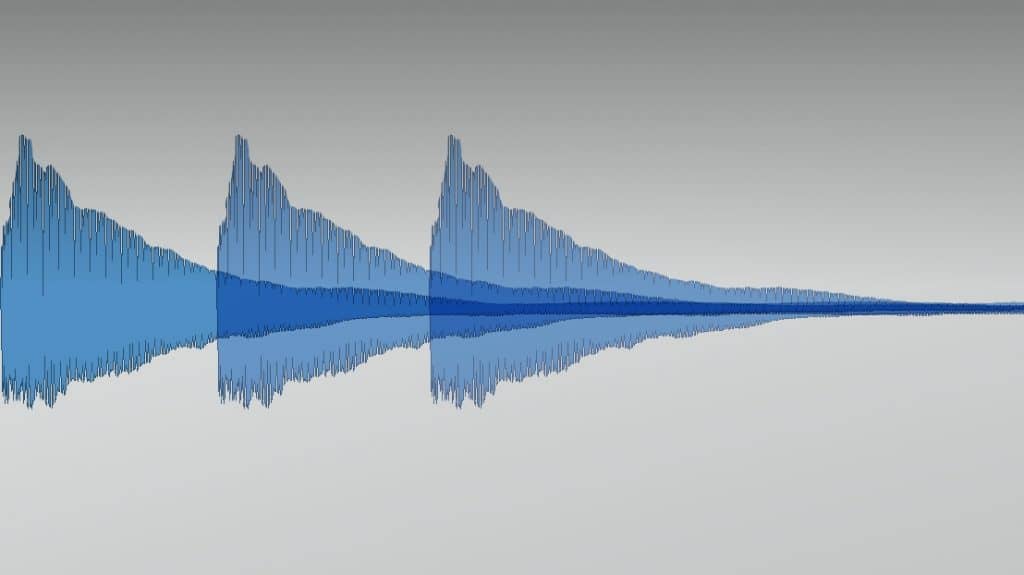Why is digital piano polyphony a dynamic value?
Once again, stereo sampling means combining two voices into one playable sound. But what about all the details that make the piano sound so authentic? The lift and touch of the dampers, the strike of the hammers… These, of course, require samples you can hear at the same time as the piano sound. Ergo, the more complex the sound generation, the greater the need for voices. Of course, all this is at the expense of the total number of voices available for playing.
Then there is the DUAL or LAYER mode, which layers two sounds on top of each other. If we use two stereo sounds for layering – say, piano plus strings – we need a total of four voices to produce the overall sound. A four-voice chord now “consumes” 16 voices. For 120-voice polyphony, this means: 120 divided by 4 – you still have 30 voices available to play the piano thanks to layer bundling.


